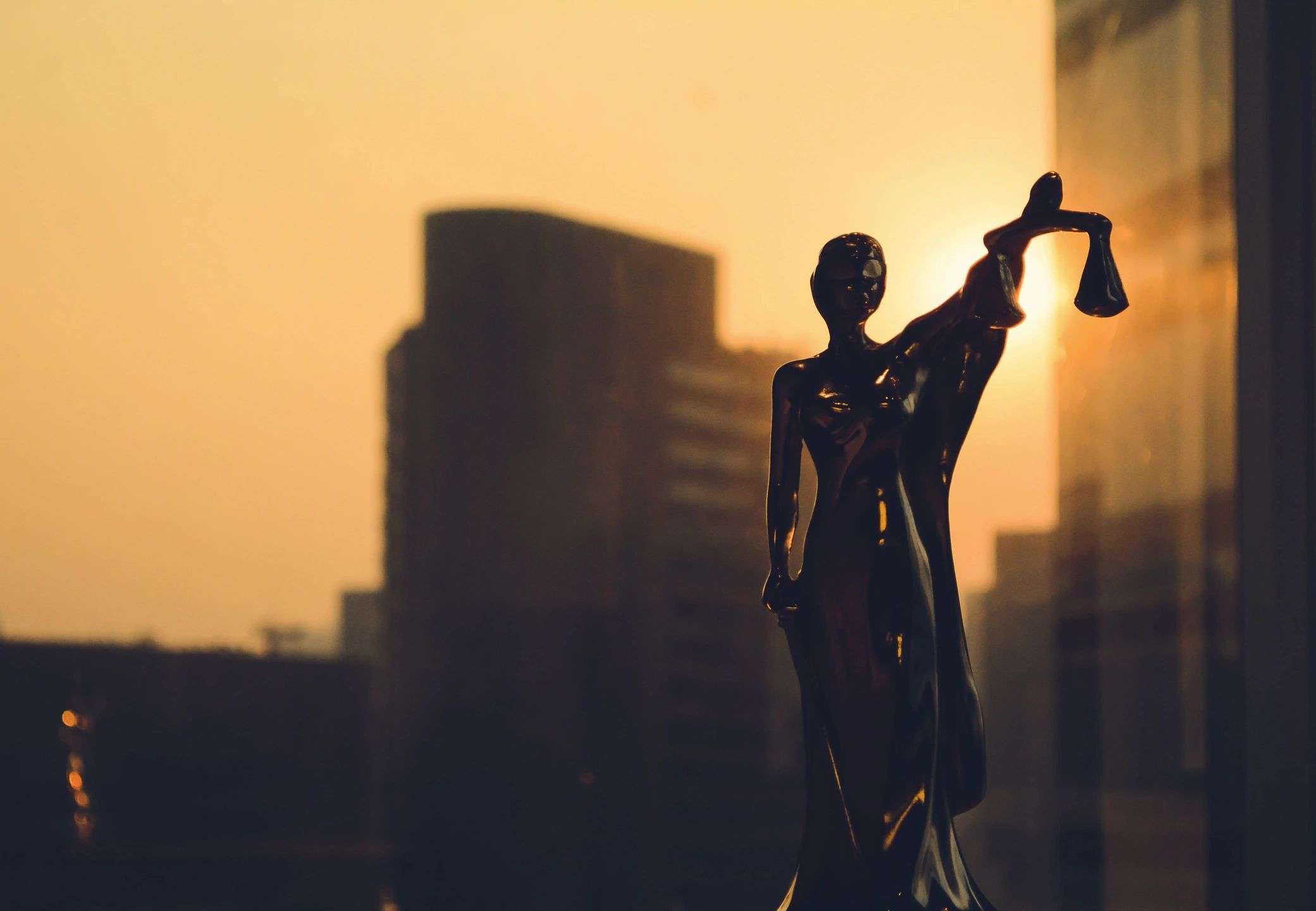
Pakistan’s constitution, a document crafted to ensure justice and equality for all citizens, also holds certain contradictions that impact minorities within the country. Although the constitution promises freedoms and rights across the spectrum, certain provisions and interpretations lead to challenges for minorities, creating both legal and social hurdles that call for careful consideration and compassionate reform.
Rights in Principle, Challenges in Practice
The constitution of Pakistan outlines significant freedoms, with Article 20 providing every citizen the right to profess, practice, and propagate their religion. Yet, some clauses create restrictions that, in practice, affect non-Muslim citizens more acutely. For instance, Article 41, which specifies that the President must be a Muslim, effectively limits certain roles to the majority religion, presenting a unique challenge for inclusivity. Such distinctions can be perceived as creating barriers, often leading minorities to feel less represented in public life.
Moreover, laws like Article 295-C, known as the blasphemy law, can sometimes be misused, disproportionately affecting religious minorities. Cases of alleged blasphemy can result in severe punishments, from long legal battles to facing social ostracism. This situation is complex and sensitive, as blasphemy laws are intended to protect religious sentiments, yet incidents of misuse sometimes overshadow their original intent. Thoughtful reform in this area, with safeguards against false accusations, could help address this balance more fairly.
Representation in Education
The Single National Curriculum (SNC), intended to streamline educational standards, has also presented challenges for some minorities. With an emphasis on a unified narrative, certain religious minorities feel their historical and cultural contributions may be overlooked. While the curriculum fosters a common national identity, it’s important to include diverse perspectives that celebrate Pakistan’s multicultural heritage. By ensuring educational content that reflects all communities’ contributions, Pakistan can strengthen unity through inclusion.
Social Impact of Legal Structures
The presence of laws that limit certain rights can also shape social attitudes. For example, reports of forced conversions, particularly among young women from minority communities, highlight a need for more supportive legal protections. Such cases reveal the vulnerability some minorities experience, particularly women, who face unique risks in the absence of clearly defined safeguards. Addressing these issues with appropriate legal frameworks would foster a sense of safety and respect for all communities.
Constructive Paths to Inclusivity
Steps toward inclusivity could start with revisiting certain constitutional clauses to ensure they align with principles of equality. Amendments that emphasize universal rights, irrespective of religious background, could create a more unified legal framework. Likewise, careful adjustments to existing laws to prevent misuse would help create a more balanced approach that respects all communities’ rights and dignity.
In education, broadening curricula to reflect diverse perspectives would be a meaningful way to build understanding among young Pakistanis. Celebrating the contributions of all citizens can lay a foundation for mutual respect and empathy, paving the way for a more inclusive society. Promoting interfaith initiatives could further enhance these efforts, creating spaces for meaningful dialogue and cooperation.
Conclusion
While Pakistan’s constitution holds the promise of unity and fairness, translating these ideals into everyday reality requires an ongoing commitment to inclusivity. By thoughtfully addressing areas where minorities face unique challenges, Pakistan can move closer to a future where every citizen feels equally valued and protected. Such steps will not only strengthen national cohesion but also reinforce Pakistan’s dedication to justice and harmony for all its people.




